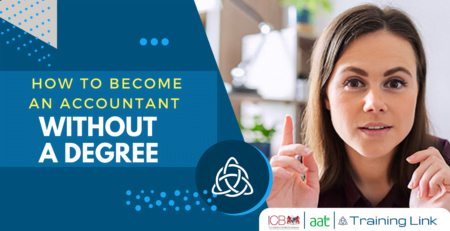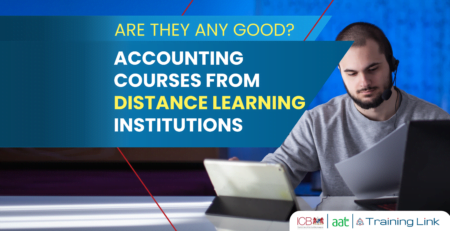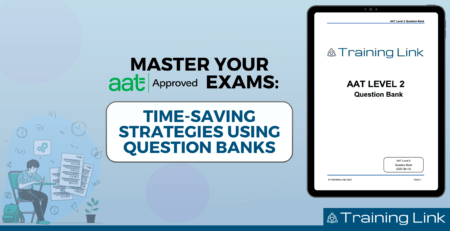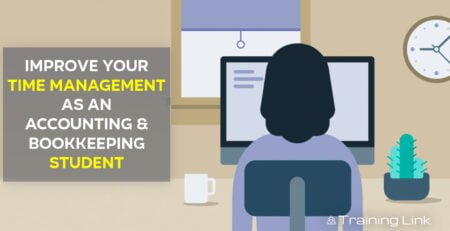Tax Processes for Businesses Exam: What AAT Students Should Know
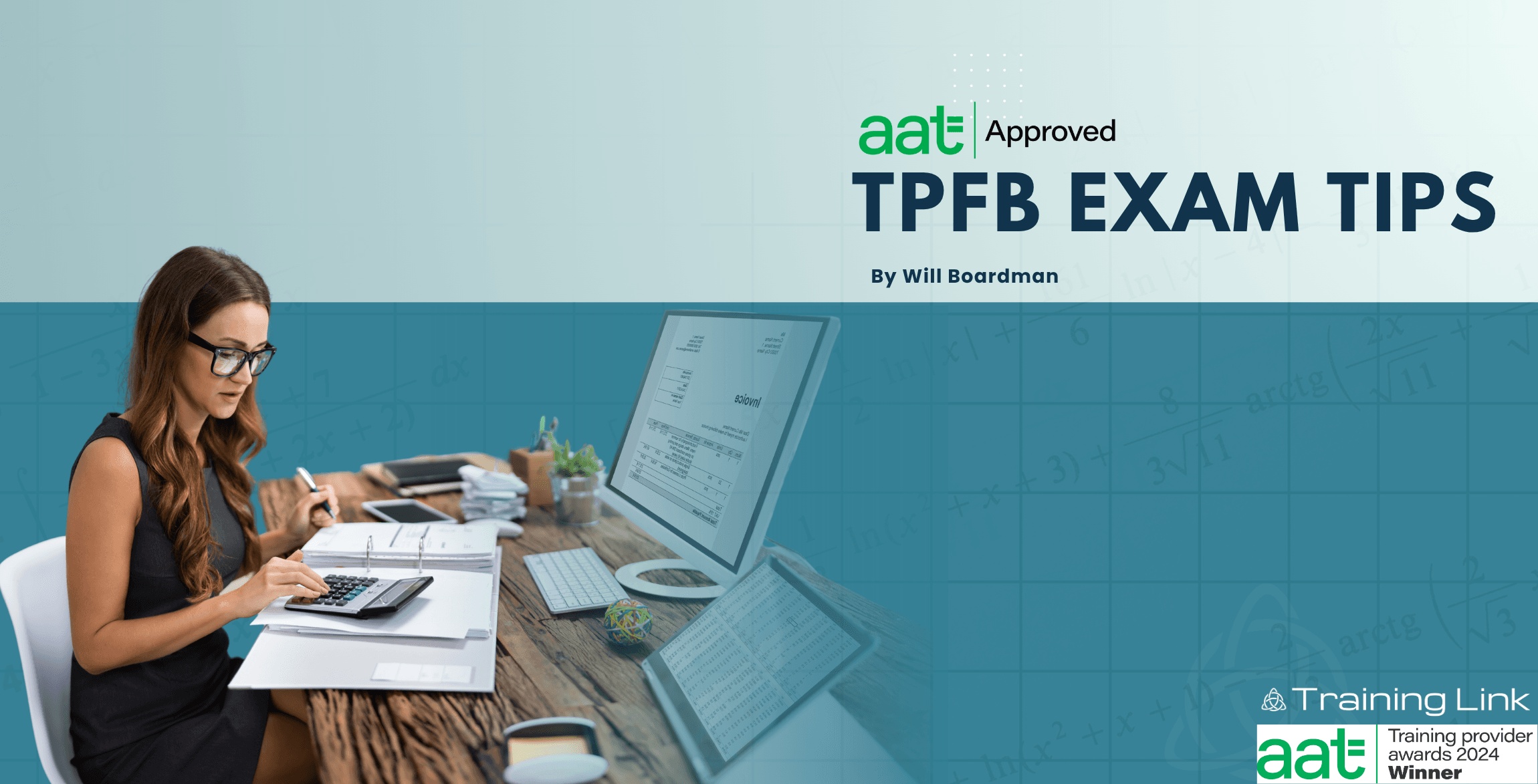
The AAT level Tax Processes for Businesses exam will be the first in-depth tax exam that students will sit.
This unit is very detail-oriented; it will test your attention to detail and your ability to apply HMRC tax rules to different scenarios.
For the Tax Processes for Businesses exam, you’ll have 1 hour and 30 minutes to complete 8 tasks. There are 80 marks on offer, and as usual, you’re required to achieve 70% or above, meaning you’ll need a minimum of 56 marks to achieve that all-important pass.
The Tax process currently sits at a UK average of 70.6%. The main difficulty that students face with this exam is the numerous scenarios for tax adjustments that can be tested. Understanding the core fundamentals will significantly help to able to tackle any question that’s thrown your way.

Exam Task Breakdown
Task 1 – is worth 9 marks and will test your understanding of UK tax law principles relating to VAT, registration and deregistration, along with the special schemes. So, in this task, you need to ensure that you understand the rules around VAT registration, when a business needs to register under both the future prospects test and the historic test. You will be provided with the rules on this within the reference material, but you still need to be able to apply them to the given scenario. I would also ensure that for this task, you know the difference between the VAT rates and the typical supplies these apply to.
Task 2 – is worth 8 marks and is on calculating and accounting for VAT. As part of accounting for VAT, you’re required to understand HMRC rules on tax points, which state when the transaction should be recorded for tax purposes. Make sure you’re familiar with the basic and actual tax points of a transaction, including how to apply the 14-day rule. The other side to this task is understanding how discounts will have an impact on an invoice; trade and bulk discounts are treated differently from prompt payment discounts on an invoice, so make sure you’re confident in how to account for both.
Task 3- is worth 12 marks and is all about input tax, which is the tax the business can claim back from HMRC on its purchases and expenses. For this task, you’ll need to know what a business can claim back and what is considered blocked by HMRC. This is also the task where you can be asked to calculate the fuel scale charge, bad debt relief and partial exemptions. It’s another task where I’d strongly recommend using the reference material because there’s quite a large proportion of this task where it will be useful.
Task 4 – is worth 8 marks and will test your knowledge of VAT returns, which could include preparing the return, calculating initial figures and making adjustments. Adjustments can be tricky, and it’s something I’ll be covering later within this video, but for now, please be aware that you will at some point throughout the exam have to make adjustments for errors, so it’s not an area you’ll be able to avoid! This task will test your understanding, so when practising, if you are losing marks on this one, then make sure you’re understanding why you’ve gone wrong rather than flicking to the answers and then moving on quickly.
Task 5 – is worth 12 marks and will test your ability to verify information entered into the VAT return. I do find this to be quite a varied task, and would also add that there seems to be some crossover with Task 4, which makes sense considering they’re both on the VAT return. One of the key areas of this task, which could appear, is reconciling figures within the VAT return to those on the system and identifying what could have caused those differences. To be able to do this, it also means being able to identify what should go in what box of the VAT return.
Task 6 – is worth 11 marks and covers the legislation on VAT, so this includes all the legal requirements of the administration of VAT. You’ll need to be able to answer questions related to submission deadlines, calculate penalties if payment or returns are late. This is another task where the reference material will be essential; there’s some extremely helpful information in this that means you do not have to memorise all the penalties, but you must be able to apply them to the given scenario.
Task 7 – is worth 12 marks and relates to everything payroll! So for this task, you’ll need to be able to calculate payroll figures, including net pay, amounts owed to HMRC, pension contributions and total cost to the employer. Now, although this can be a little overwhelming at first, this is a task that shouldn’t vary too much, so if you can do it in the mocks, you should be able to do it in the real exam without any problems. Remember to always apply the employment allowance if one is given to you in the question.
Task 8 – is worth 8 marks. This is the last task and covers reporting information on VAT and payroll. The usual format of this question is that you’ll get an email where you have to select from drop-down options to fill in the blanks. This takes areas from all across the syllabus, so although hard to pinpoint exactly what will come up, it has been noted specifically by AAT that the reference material will come in very useful when answering the question. For me, this is a question where if you have a solid foundation of knowledge on the rest of the questions, you’ll generally perform well on this one too.

AAT Examiner’s Report
The examiner’s report is available to all students and to access this you can head over to the AAT lifelong learning portal and go to the Tax Processes for Businesses unit where you can find the PDF to download.
The report shows the performance on the exam by task and gives keys strengths and weaknesses for each task.
There are two points that jump out at me, firstly on task 6, “understanding the penalty regime relating to late submission and late payment.” The interesting part about this is that the vast majority of the information that students need for this is within the reference material. Familiarising yourself with this and attempting to apply it to a couple of practice questions should prove extremely useful.
The other point is on task 7 where it has been noted that students are struggling to understand what is included for the payments to HMRC. These are essentially the same every time, employees and employers NI, income tax and the student loan. The one thing to always remember though is to deduct the employment allowance if one has been provided.
Final Thoughts
This will be the students’ first detailed taste of tax within an exam. Although there is a lot to remember having a solid understanding of how to use the reference material will help to save you time from having to remember every single limit and penalty. This doesn’t take away from your ability to apply the information to the given scenarios. I have found from experience that this exam is one where those who are well prepared do not usually struggle however for those underprepared, it can be one of the hardest to pass. This is due to there being less to “workout” and more where you’ll either know how to deal with it nearly immediately or you won’t know it at all! But given the right preparation, it shouldn’t be too challenging to pass.
If you need further help please don’t hesitate to get in touch with your tutor.
Alternatively, why not try out a Live Class?
Book your slot with our expert tutors who lead exclusive weekly Live Class sessions.
Stay tuned for more updates, success stories, and insights from our community.
Together, let’s continue to strive for excellence and make a difference through hard work and dedication.

